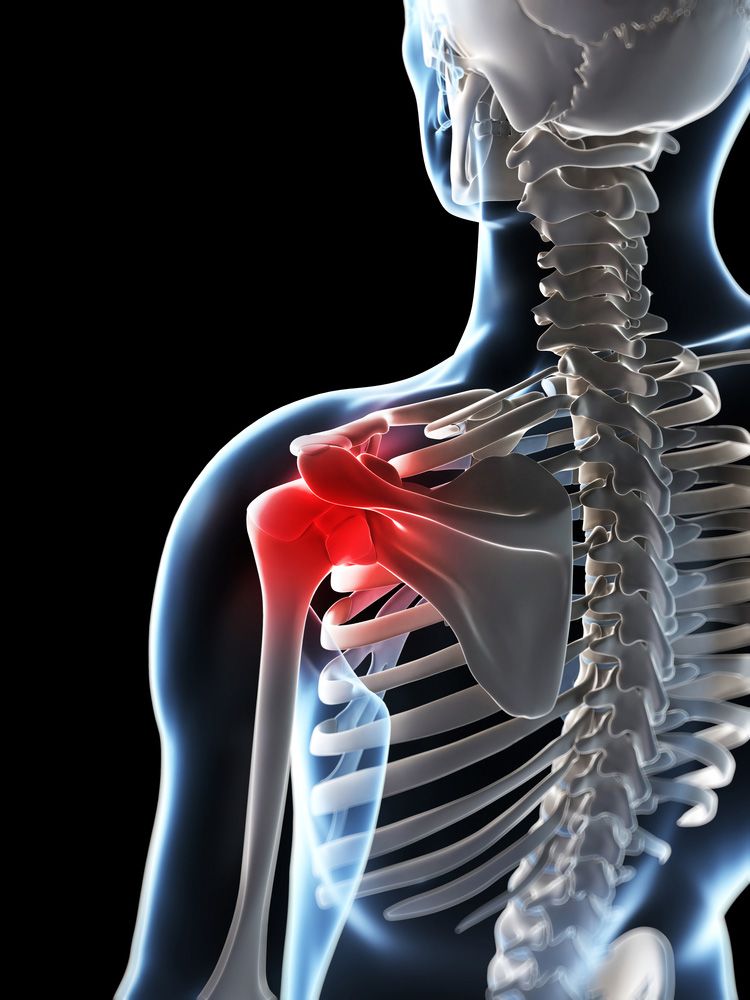 When people think about the joints of the body, they often consider the knees and elbows. But the joint with the greatest range of motion and flexibility is actually the shoulder joint. The shoulder is engaged any time a person lifts up an object, raises his or her arms, or performs any type of manual labor. Most people do not realize how often they rely on their shoulders until an injury occurs.
When people think about the joints of the body, they often consider the knees and elbows. But the joint with the greatest range of motion and flexibility is actually the shoulder joint. The shoulder is engaged any time a person lifts up an object, raises his or her arms, or performs any type of manual labor. Most people do not realize how often they rely on their shoulders until an injury occurs.
At Orthopaedic Specialists of Austin, we are happy to offer a range of treatments for shoulder injuries, including shoulder surgery to alleviate pain and restore motion to the shoulder joint. Frozen shoulder is one condition that we commonly see at our practice. Frozen shoulder is a condition that stiffens the shoulder joint and results in pain and limited shoulder motility. Those who are dealing with the discomfort and inconvenience of frozen shoulder should contact us to learn more about treatment for frozen shoulder at our Austin, TX practice.
What Is Frozen Shoulder?
Frozen shoulder, which is medically known as adhesive capsulitis, occurs when the tissues surrounding the shoulder joint (the shoulder capsule) becomes thick and tight. Scar tissue forms and the capsule loses some of the fluids that keep the joint lubricated. As a result, it becomes much more difficult to move the joint.
This condition often develops gradually, and usually in three distinct stages. First, the patient is likely to develop severe pain in their shoulder, which may limit range of motion. Second, pain may lessen slightly, but stiffening gets worse, making it difficult to perform basic daily tasks. Finally, the joint should loosen, allowing the patient to gradually regain motion. Unfortunately, it can take up to two years, or more, for frozen shoulder to alleviate on its own.
Frozen Shoulder Treatment
No one should be expected to live in pain for an extended period of time. Nor should they have to deal with compromised movements and functions. We are happy to provide patients with treatment for frozen shoulder that will alleviate pain and restore flexibility to the shoulder joint. There are several treatment options to consider, but we usually opt to start with the technique that is least invasive, and move forward from there if we do not get the results we desire.
Some of the methods that may be used to treat frozen shoulder include:
- Physical therapy: Physical therapy includes stretches and exercises that strengthen the joint to improve flexibility.
- Medication: Medication may be prescribed to reduce pain and swelling in the shoulder joint. If oral medications are not effective, we may offer a corticosteroid injection into the shoulder joint to alleviate pain and improve range of motion.
- Joint distension: Joint distension involves stretching the shoulder capsule by injecting a sterile solution into the shoulder. By loosening the shoulder capsule, we can increase motion in the joint.
- Shoulder surgery: In most cases, frozen shoulder can be treated without surgery. However, if the condition persists, or is especially painful, we can perform arthroscopic surgery. This is a minimally invasive procedure that allows us to see and manipulate the joint using small incisions and narrow surgical tubes equipped with a camera.
Contact Us
Shoulder pain can have a big impact on your quality of life. If discomfort is making it difficult for you to complete basic daily tasks, contact us to learn more about the services available at Orthopaedic Specialists of Austin. We offer a comprehensive range of treatment options that will get you on the road to recovery.
